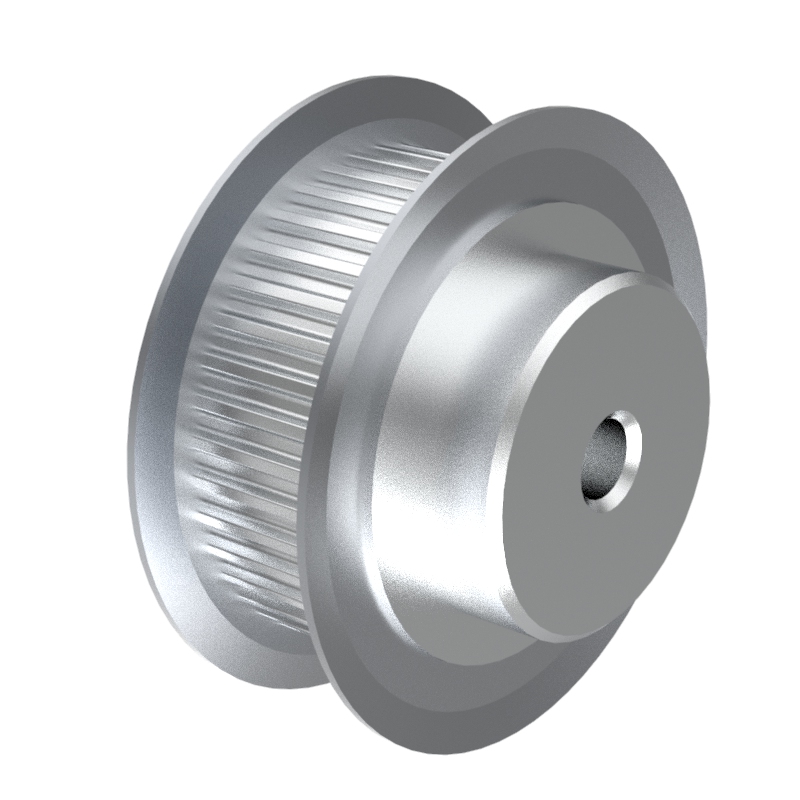Timing-Belt Pulleys
The timing pulley is the mechanical part used to transmit power between the crankshaft and camshaft of the engine.
It is usually made of aluminum or steel and contains teeth that mesh with the timing belt to ensure proper synchronization between the two shafts.
The pulley is mounted on the end of the camshaft and is responsible for driving the timing belt which in turn drives the camshaft.
This allows the valves in the engine to open and close at the appropriate times, ensuring optimum engine performance.
Timing pulleys are found in a variety of engines, including those found in cars, trucks, and industrial equipment.
Materials used for timing pulleys Alumimium 6082 Steel C45 Cast iron GG25
The surface treatment of timing belt pulleys is black phosphate (except aluminum material).
The timing belt pulleys that made of GG25 cast iron should be dynamically balanced. (Grade 6.3)
Product Name Aluminum Timing Pulley XL L H XH XXH T2.5 T5 T10 AT5 AT10 GT2 GT3 GT5 3M 5M 8M
Tooth timing Belt Pulley
Teeth profile Trapezoidal toothed XL, L, H, XH, XXHT-toothed T2.5, T5, T10, T20
Arc toothed HTD3M, HTD5M, HTD8M, HTD14M, HTD20M, Gt2, Gt3, Gt5
Teeth Quantity 10-150 teeth or customized
Inner Bore 2-200mm H7 precision or customized
Belt width 4mm, 6mm, 9mm, 10mm, 12mm, 15mm, 20mm, 25mm, 30mm, 40mm, 50mm, 1/4”, 5/16”, 3/8”, 1/2”, 3/4”, 1”, 1.5”, 2”or customized
Material cast iron GG25 , steel C45, Aluminum 6061, 6082
Surface treatment Anodize, Black Oxide, Phosphate, Galvanization










